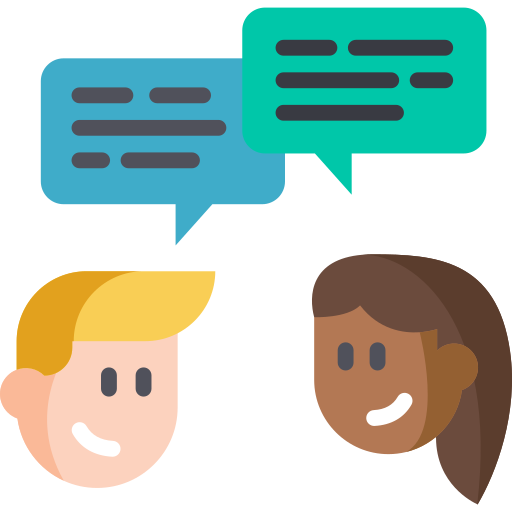
This logo isn't an ad or affiliate link. It's an organization that shares in our mission, and empowered the authors to share their insights in Byte form.
Rumie vets Bytes for compliance with our
Standards.
The organization is responsible for the completeness and reliability of the content.
Learn more
about how Rumie works with partners.
Have you ever...
Decided what you have to say before someone is finished talking?
Missed what someone was saying because you got caught up in your own thoughts?
Been scrolling on your phone while a friend is talking?
Interrupted someone in the middle of a sentence?
If the answer to any of these is yes, it might be time for you to ask yourself honestly: "What kind of listener am I?"
Either way, it's your turn to learn how to become an active listener. Becoming an active listener will allow you to truly hear what people have to say!
What is Active Listening?
While a friend is talking, it can be natural to decide what we want to say in response. However, this means there's a chance you may have missed something important and should practice some active listening skills.
The goal of active listening is to truly hear what your friend has to say, understand what they're expressing, and hold back any judgment. Some key characteristics of active listening are patience and paying attention.
Pay Attention

Giving someone your full attention shows them you'll be there to listen to everything they need to say without judgment. Your body language and verbal queues show you're paying attention
Simple behaviors like leaning into the conversation, facing your conversation partner, and maintaining eye contact, show your attentiveness. Verbal queues can include saying things like, "I see," as your friend is speaking, when appropriate.
Quiz
Which of these statements are appropriate ways to follow up after listening? Select all that appy:
Show the person you're interested and keep them talking. Be sure to listen as they continue.
Take Time to Respond
Letting someone speak without interrupting is key to being an active listener. Let a moment of silence pass before you respond.

Taking this time shows that you formed what you wanted to say only after hearing everything they needed to share. This makes the other person feel heard, and shows how you'd like to be treated.
Know When To Speak

Following what the other person is saying is important for picking up queues to know when to speak and what to say.
It's also helpful to ask questions to truly understand what they're talking about or how they are feeling.
Types of questions might include: Who? What? Where? When? How? This shows you are interested in the details and want to hear more. Be cautious when asking "Why?" questions because in some cases, it may sound judgemental.
Quiz
You and your partner are having a disagreement. What should you do during your discussion? Select all that apply:
An active listener should maintain respectful attention, try to understand what the other person is saying, and listen without judgment.
Take Action
Active listening is a skill that you can and should practice often! Put the 5 tips in the video below into action:

Then go out and use your new skills! Strike up a conversation with someone and really hear what they have to say.
Over time, you might notice a positive difference in your conversations with friends, coworkers, and family!
Try these tips:
This Byte has been authored by
Heather Johnson
Assistant Director of International Programs and Student Affairs Coordinator; Hofstra Law

